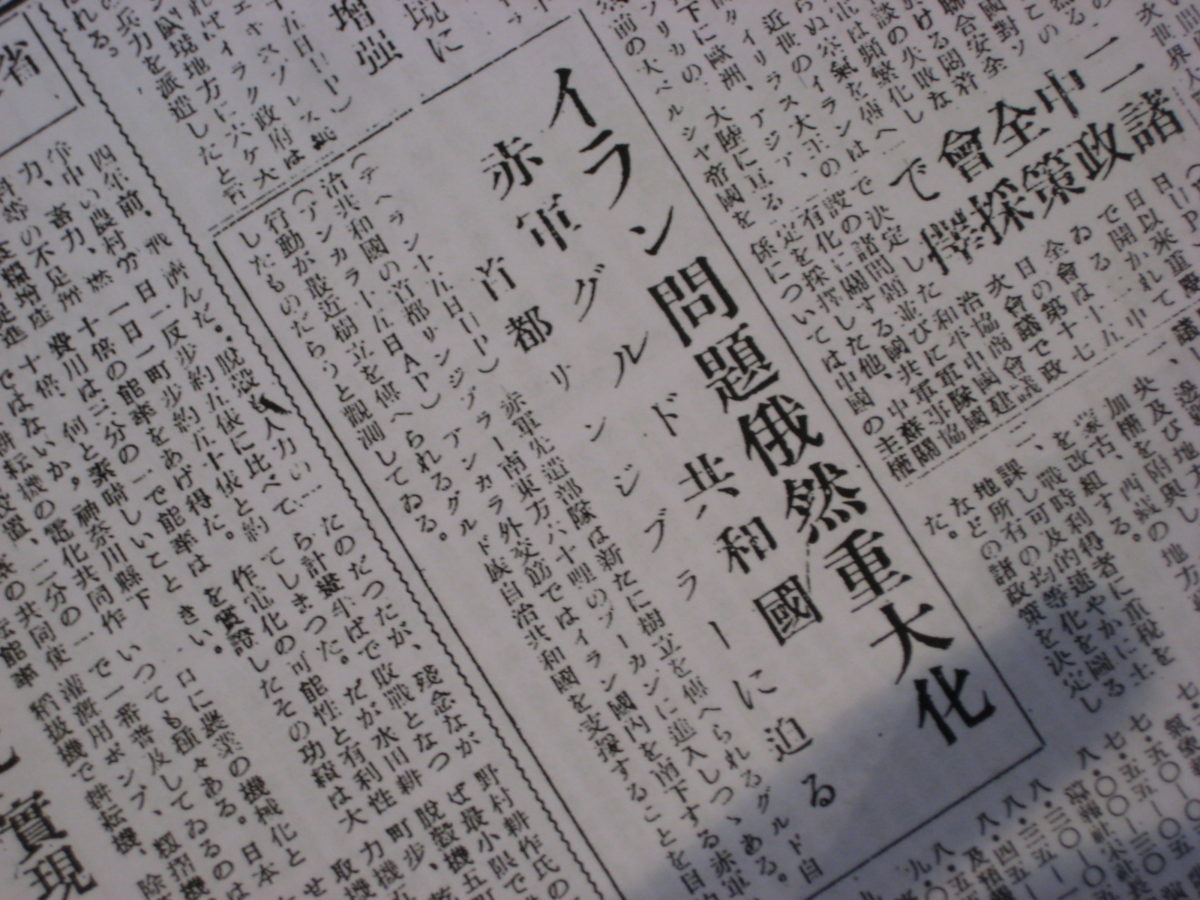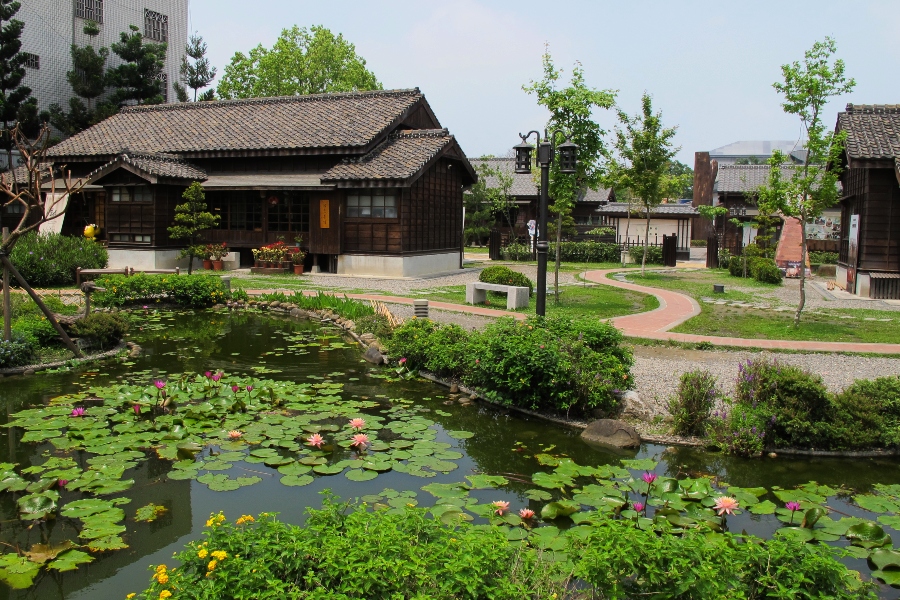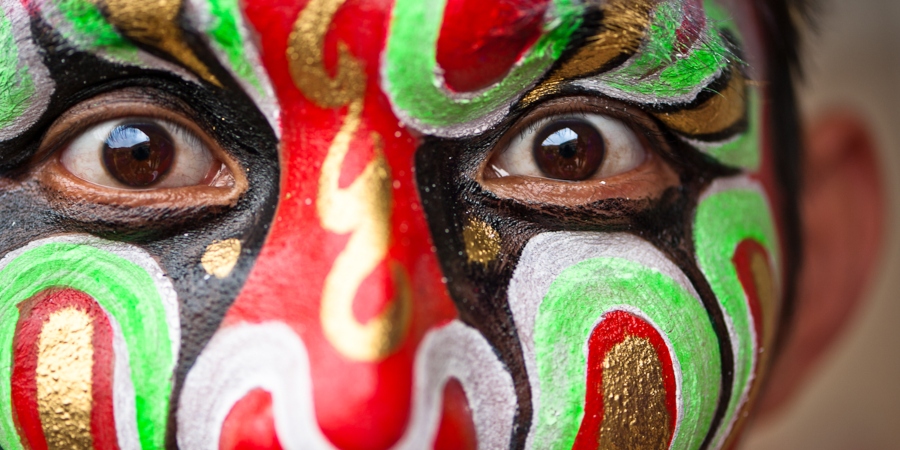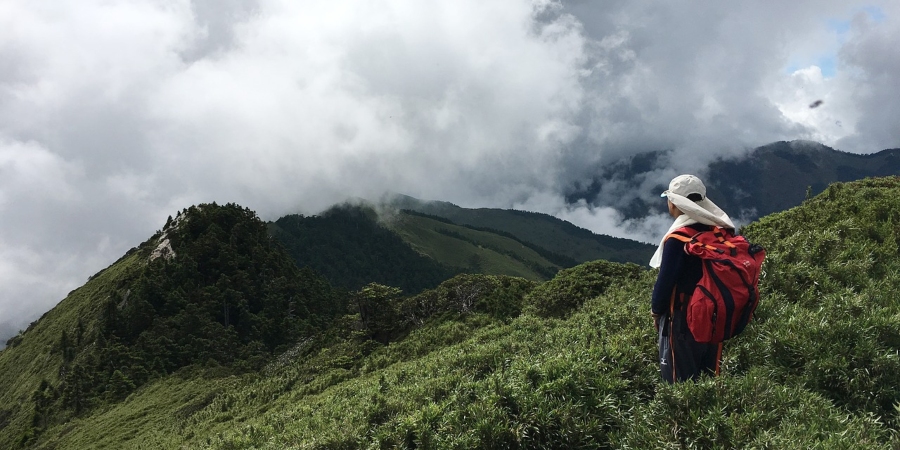In recent years, Taiwan has emerged from the shadows of being primarily a business travel hub to become an enticing vacation destination for individuals from Europe and North America.

A Century-Long Quest to Attract Travelers
Taiwan’s quest to allure foreign tourists began over a century ago during the era of Japanese rule, which commenced in 1895. Back then, colonial authorities embarked on an endeavor to introduce the charms of the island known to Westerners as Formosa.
Portraying Taiwan: A Complex Narrative
Early 20th-century Taiwan was an undeveloped frontier, and Japan’s aspiration to attract Westerners wasn’t solely driven by economic motives. Tokyo sought international recognition for civilizing this once unruly and disease-ridden society.

The Foreign Lens on Taiwan: An Initial Perspective
Foreign observers, some British and American journalists included, perceived Taiwan as a challenging mix of Han Chinese settlers and indigenous Austronesian tribes. Han Chinese were often portrayed as energetic but disorganized and superstitious, while indigenous communities were depicted as formidable, sometimes resorting to violence against intruders.
Shifting Eras: Turmoil and Transformation
During and after World War II, Taiwan underwent significant turmoil, with Japan’s rule ending in 1945 and Chiang Kai-shek’s KMT regime relocating to the island in 1949. This period was marked by political upheaval rather than a focus on Taiwan’s distinct culture, ecology, and landscapes.
The Cultural Awakening: Discovering Taiwan’s Richness
In the 1990s, two pivotal shifts occurred. Taiwanese, now economically secure and eager to explore the world, began to question why foreign tourists weren’t exploring Taiwan’s temples or embarking on high-mountain treks.

Rediscovering Taiwan: Cultural Self-Confidence
Furthermore, democratisation allowed many Taiwanese to explore their own homeland, realizing that Taiwan wasn’t merely a fragment of China but a unique blend of Austronesia, China, Japan, and other influences. This newfound cultural self-confidence fueled a desire to introduce Taiwan to the world. Recognising the significance of positive foreign perceptions, Taiwan’s government actively promoted tourism. Tourist arrivals surged from 2 million in 2004 to nearly 12 million before the pandemic.

Experience Taiwan with Life of Taiwan
At Life of Taiwan, we are dedicated to providing world-class service and authentic experiences for visitors to our island. Our experiences are personal, carefully curated, and designed to take you off the beaten path and into the homes of the people you’ll meet.

A Unique Approach to Taiwan Exploration
We don’t follow the crowds; instead, we offer exclusive access, expert guides, and exceptional accommodation partners. Let us help you curate your private tour of Taiwan. Get in touch with one of our dedicated travel designers today.
